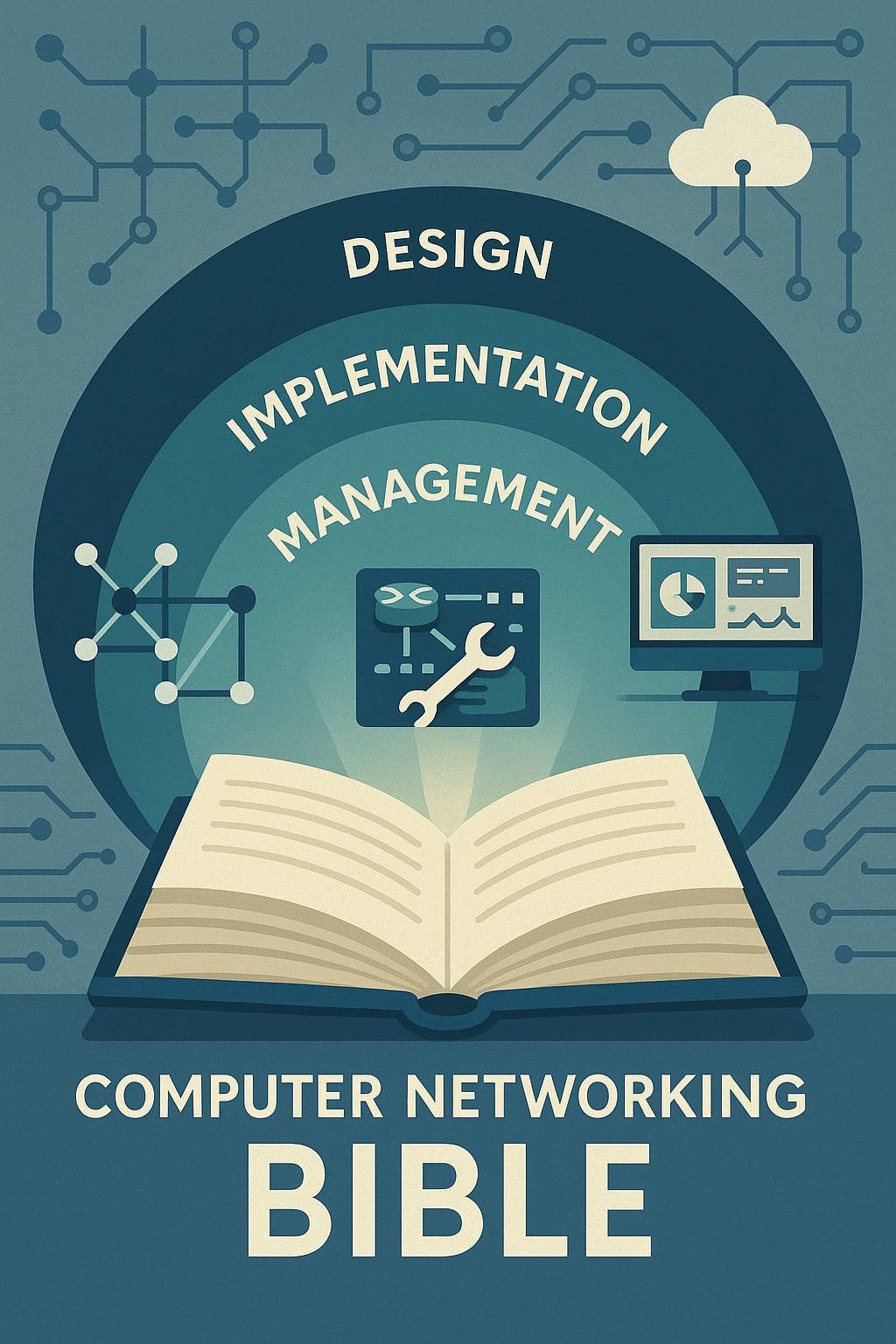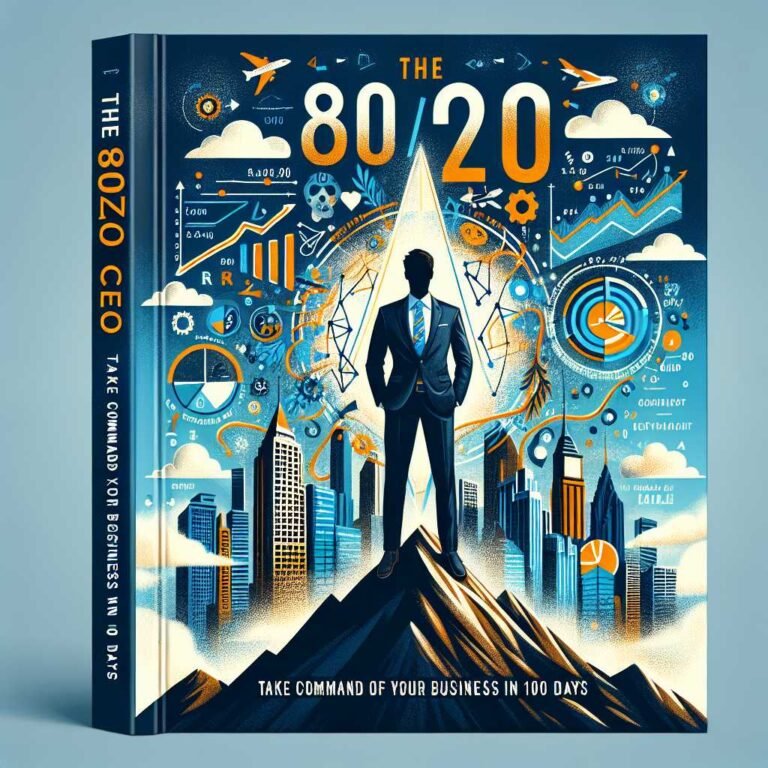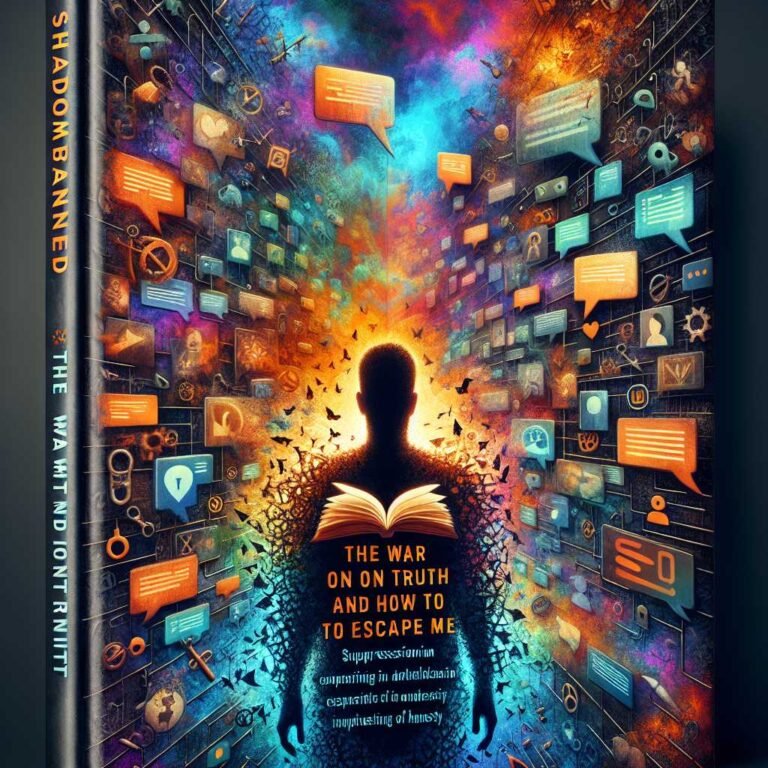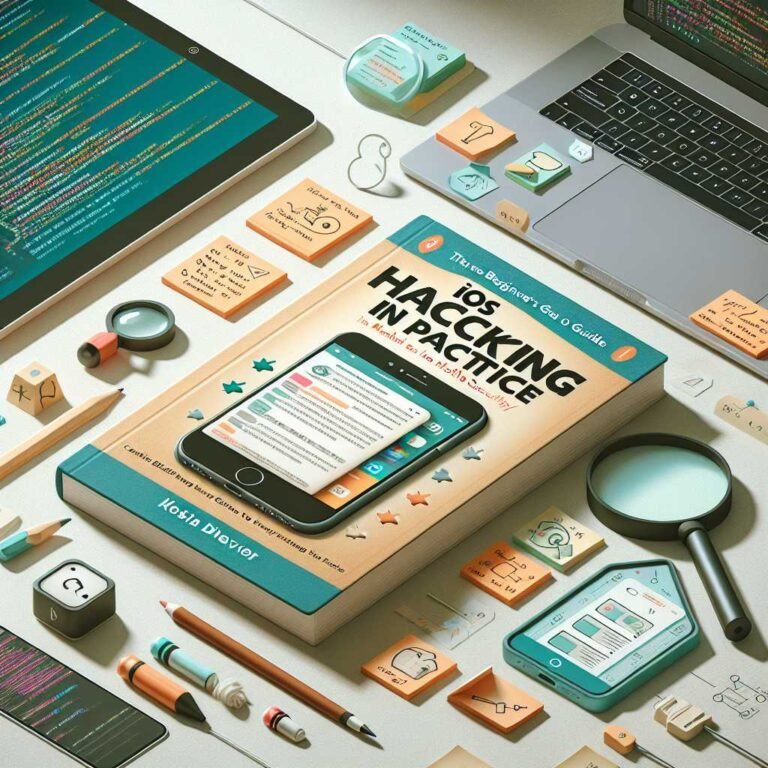Hit Refresh by Satya Nadella: How Microsoft Rediscovered Its Soul—and What It Teaches Us About a More Humane Tech Future
What happens when a company with decades of success realizes it needs to change—fast? Hit Refresh, the New York Times bestseller by Microsoft CEO Satya Nadella, is part memoir, part management playbook, and part roadmap for the next wave of technology. It’s a story about culture, leadership, and empathy as a strategic advantage in an age defined by AI, mixed reality, and quantum computing.
If you’re curious about how one of the world’s most valuable companies reinvented itself—and what that means for your career or business—this deep dive is for you. I’ll break down the key themes in clear language, add context you won’t get from a synopsis, and share takeaways you can use right away. Along the way, I’ll point to authoritative sources, answer common questions, and help you decide whether this book belongs on your reading list.
What “Hit Refresh” Is Really About: Empathy as a Strategic Advantage
Nadella’s central thesis is disarmingly human: empathy isn’t soft; it’s the engine of innovation. In a world flooded by new technology, he argues, what will set individuals and companies apart is the ability to deeply understand others—their frustrations, their aspirations, their context—and build solutions that meet real needs.
Here’s why that matters. When teams operate from empathy, they listen longer, they prototype faster, and they iterate with purpose. For Microsoft, that shift meant swapping the internal turf wars of the past for a growth mindset, inclusive design, and customer obsession. The result was not just a nicer workplace; it was a strategic reset that unlocked new energy across Windows, Azure, Office, and Xbox. As Nadella puts it, “Ideas excite me. Empathy grounds and centers me.” That pairing—imagination plus understanding—powers the company’s push into AI, mixed reality, and quantum computing.
Want to try it yourself? Check it on Amazon.
Satya Nadella’s Journey: From Hyderabad to the Corner Office
Nadella’s personal story adds depth to the corporate narrative. He grew up in Hyderabad, India, and moved to the U.S. for graduate school before joining Microsoft in 1992. His path wasn’t a straight shot to the top; he worked across cloud, enterprise, and engineering leadership, learning how to lead through change and complexity. His reflections on fatherhood and caring for a child with disabilities are some of the most moving parts of the book. They also illuminate why accessibility and inclusive design became nonnegotiable inside Microsoft.
If you want the high-level biography, Microsoft’s official profile of Nadella offers a helpful snapshot of his career and current focus areas, from AI to sustainability to developer ecosystems: Satya Nadella – Executive Bio. And for another perspective, Bill Gates’s take on the book adds context about Microsoft’s transformation and its broader implications: GatesNotes on Hit Refresh.
How Microsoft Rediscovered Its Soul: Culture Change You Can Feel
When Nadella took over as CEO in 2014, Microsoft was successful—but stuck. The culture was known for internal competition, silos, and a fixation on protecting Windows at all costs. Nadella reframed the mission: empower every person and every organization on the planet to achieve more. Simple, yes—but it shifted the focus from products to people.
Three pillars defined the cultural reboot:
- Growth mindset: Inspired by psychologist Carol Dweck’s work, Microsoft embraced learning over knowing, curiosity over certainty, and experimentation over perfection. If you’re new to the idea, this primer on growth mindset is a useful starting point: The Growth Mindset, explained.
- Customer obsession: Product teams re-grounded their work in real user problems, not internal agendas. Empathy interviews and inclusive design practices became standard.
- One Microsoft: Broken silos meant Azure could work seamlessly with Office, Windows, and third-party ecosystems, including Linux via WSL: About Windows Subsystem for Linux.
The impact was visible: tighter cloud strategy, openness to partnerships (even with old rivals), and a new cadence of innovation. If you lead a team, this is your takeaway: culture isn’t a slogan; it’s a set of behaviors you reward daily. For a well-researched lens on why culture change sticks (or doesn’t), see Harvard Business Review’s guide: The Culture Factor.
Ready to hit refresh on your reading list? Shop on Amazon.
The Next Wave of Tech: AI, Mixed Reality, and Quantum Computing
Nadella doesn’t just look backward; he sketches the frontier. He highlights three waves that will redefine work, education, healthcare, and more. Let’s break them down in plain English.
Artificial Intelligence (AI)
AI is moving from feature to foundation. It underpins search, productivity, security, and customer service. Nadella emphasizes responsible AI—tools that are fair, explainable, and trustworthy—because impact at scale demands guardrails. Microsoft’s Responsible AI resources are a good reference to understand the principles behind deployment: Microsoft Responsible AI. For a broader view of the AI landscape, the annual AI Index Report by Stanford HAI offers data-driven insights on progress, risks, and policy.
Here’s the practical read: AI will not just replace tasks; it will recompose jobs. People who learn to use AI as a collaborator—prompting, verifying, and integrating outputs—will outperform those who ignore it.
Mixed Reality (MR)
Mixed reality blends physical and digital worlds, allowing people to overlay data on their environment or collaborate in 3D. Think training surgeons in a safe simulation or guiding field technicians with real-time holographic instructions. If the terms feel fuzzy, this Microsoft explainer is helpful: Discover Mixed Reality.
What matters is the shift from screens to spatial computing. As MR becomes more intuitive and affordable, interfaces will feel more like conversation and less like clicking.
Quantum Computing
Quantum computing will tackle certain classes of problems—like molecular modeling or optimization—that stump even the fastest classical computers. We’re early, but progress is accelerating. For a simple, visual introduction, try IBM’s overview: What Is Quantum Computing?.
The bottom line: AI is now, MR is near, and quantum is next. Together, they form a stack that will test our ethics, our policies, and our imagination.
See today’s price: See price on Amazon.
Leadership and Career Lessons You Can Use Today
What distinguishes Hit Refresh from many business books is its practicality. You can apply its lessons whether you’re a founder, a manager, or an individual contributor. Here are the big ones:
- Lead with empathy. Listen to understand, not to reply. Ask, “What did we learn?” before “Who’s to blame?”
- Operate with a growth mindset. Replace “We can’t” with “What would have to be true?” Reward experimentation and learning velocity.
- Be customer-obsessed. Spend time with real users. Watch them use your product. Map friction. Fix the sharp edges first.
- Build bridges, not moats. Partnerships can expand your surface area of innovation. Play well with ecosystems—even competitors—when it benefits customers.
- Use constraints as catalysts. Tight budgets or timelines can focus creativity. Define the smallest valuable version and ship.
- Make inclusion a design requirement. Accessibility features often become mainstream wins. Inclusive teams ship better products.
- Communicate the why. Strategy is a story; tell it simply and often. Repetition isn’t redundant—it’s alignment.
Let me explain why this list matters. In fast-moving markets, the companies that learn and adapt quickest win. These habits increase your organization’s metabolic rate without burning people out.
Who Should Read Hit Refresh—and Which Format to Choose
You’ll love this book if you’re: – A leader navigating cultural change or digital transformation. – A builder curious about AI’s trajectory and responsible innovation. – A student or career-switcher seeking an inspiring, grounded career path. – A Microsoft watcher who wants the inside story of the company’s pivot.
Now, a quick guide to formats so you can pick what fits your life:
- Hardcover or paperback: Best if you like underlining and revisiting key passages. It’s also ideal for managers who want to keep a lending copy in the office.
- Kindle or eBook: Searchable, highlightable, and travel-friendly. Great if you like clipping quotes or notes to revisit later.
- Audiobook: Perfect for commutes and workouts. The storytelling flows well in audio, and the leadership lessons translate cleanly.
Compare options here: View on Amazon.
Pro tip: If you’re leading a team, consider a “chapter club.” Read one chapter per week and discuss takeaways and experiments. It’s a lightweight way to turn ideas into behavior.
Technology With Empathy: Policy, Trust, and Shared Prosperity
Nadella closes the book with a call to action for leaders, policymakers, and citizens. As AI, MR, and quantum scale, we need shared norms: privacy, transparency, safety, and accountability. Microsoft’s approach to responsible AI is one blueprint, but it requires cross-industry alignment and public debate to work in practice: Microsoft Responsible AI.
There’s also a workforce question. Automation will shift tasks and roles, requiring reskilling at pace. The World Economic Forum’s latest analysis of job trends and skills is a useful context-setter: Future of Jobs Report. The key is not fear—but preparation. Build durable skills: problem framing, data literacy, ethical reasoning, collaboration, and communication.
Support our work by shopping here: Buy on Amazon.
How to “Hit Refresh” in Your Own Work and Life
Reading a book is one thing. Living it is another. Here are simple, concrete moves you can make this month:
- Conduct three empathy interviews with customers or colleagues. Ask open questions. Listen for emotion and workarounds.
- Run a one-week experiment. Pick a nagging process and improve it by 20%. Share what you tried, what worked, and what didn’t.
- Add an accessibility check to your product or presentation. Small fixes can have outsized impact.
- Start a “learning loop.” Each Friday, write down one thing you learned, one thing you shipped, and one thing you’ll try next week.
- Replace a silo with a bridge. Invite a partner team to a demo. Ask how your work could help theirs—and vice versa.
The trick is to refresh without resetting. Keep what works. Evolve what doesn’t. Repeat.
Final Takeaway
Hit Refresh isn’t just Microsoft’s story; it’s a playbook for anyone trying to build generous, resilient, future-ready organizations. Nadella’s core message is simple and hard: lead with empathy, stay curious, and harness technology to expand human potential—not replace it. If that resonates, consider making “hit refresh” more than a slogan—make it your operating system. If you enjoyed this breakdown, stick around for more book-driven insights on leadership, strategy, and the future of work.
FAQ: Hit Refresh by Satya Nadella
Q: Is Hit Refresh worth reading in 2025 and beyond? A: Yes. The leadership lessons on empathy, culture, and growth mindset are timeless, and the tech roadmap—AI, mixed reality, quantum—remains highly relevant as these fields mature.
Q: Is this a memoir or a business/tech book? A: Both. The personal narrative frames the leadership insights and strategic decisions, while the middle chapters unpack Microsoft’s transformation and the final sections look ahead to emerging technologies.
Q: How technical is it? Do I need a computer science background? A: No advanced background required. Nadella keeps the explanations accessible. If a concept is new (like quantum computing), you’ll still walk away with a clear, practical understanding.
Q: What are the biggest takeaways for managers? A: Lead with empathy, adopt a growth mindset, break silos, obsess over customers, and build ethical guardrails for AI. Culture change is the multiplier for all of the above.
Q: Does the book talk about mistakes or only wins? A: Nadella is candid about missteps—both personal and organizational. Those stories make the lessons more credible and useful.
Q: What other books pair well with Hit Refresh? A: Try “Measure What Matters” by John Doerr for OKRs and execution, “The Innovator’s Dilemma” by Clayton Christensen for disruption theory, and “Creative Selection” by Ken Kocienda for product craftsmanship.
Q: Will this help if I’m not in tech? A: Absolutely. The ideas about empathy, learning velocity, and inclusive leadership apply across industries—from healthcare to finance to education.
Discover more at InnoVirtuoso.com
I would love some feedback on my writing so if you have any, please don’t hesitate to leave a comment around here or in any platforms that is convenient for you.
For more on tech and other topics, explore InnoVirtuoso.com anytime. Subscribe to my newsletter and join our growing community—we’ll create something magical together. I promise, it’ll never be boring!
Stay updated with the latest news—subscribe to our newsletter today!
Thank you all—wishing you an amazing day ahead!
Read more related Articles at InnoVirtuoso
- How to Completely Turn Off Google AI on Your Android Phone
- The Best AI Jokes of the Month: February Edition
- Introducing SpoofDPI: Bypassing Deep Packet Inspection
- Getting Started with shadps4: Your Guide to the PlayStation 4 Emulator
- Sophos Pricing in 2025: A Guide to Intercept X Endpoint Protection
- The Essential Requirements for Augmented Reality: A Comprehensive Guide
- Harvard: A Legacy of Achievements and a Path Towards the Future
- Unlocking the Secrets of Prompt Engineering: 5 Must-Read Books That Will Revolutionize You







